Chicago Transit Authority bus driver Ronnie McGhee says he once witnessed a gunfight “in broad daylight” while driving his route on West 57th Street.
McGhee, 48, said earlier this month in a street survey in the Back of the Yards neighborhood that gang activity is prevalent in the area. “It’s not as open as it was before, but it’s there,” he said.
McGhee grew up in Back of the Yards on the city’s Southwest Side, and his mother still lives there. He said pedestrians should be aware of their surroundings to avoid becoming crime victims.
“If you walk around with your purse hanging open and flaunting your jewelry, you’re asking for trouble,” he said.
McGhee was one of a handful of Back of the Yards workers and residents who agreed that the neighborhood is frequently plagued by gang rivalry. Most agreed it is not safe to walk around the area alone.
Despite residents’ worries about crime, Back of the Yards is not as crime-ridden as many other Chicago neighborhoods. The Austin area on the city’s far West Side recorded 1,945 crimes from Sept. 8 through Oct. 8, according to www.EveryBlock.com, a website that tracks crime in major U.S. cities. That total was the largest number recorded in any Chicago neighborhood during that time period.
Meanwhile, 707 crimes were reported in Back of the Yards during that same month, according to EveryBlock.
Some Back of the Yards residents said they have taken extreme measures to protect themselves.
“I do not feel safe because one year ago I was stabbed with a machete in the hand and forearm,” said 42-year-old resident named Jorge, who declined to give his last name. “Now I carry a weapon with me wherever I go.”
Maria Teresa, 50, said crime is more prevalent on weekends and worsens every summer. “You can hear a lot of shootings and someone always gets hurt,” she said.
Ald. George Cardenas, whose 12th Ward includes Back of the Yards, said in a phone interview, “We’re trying to make that neighborhood safer. But the high rate of poverty is a concern for us.”
The average annual income in Back of the Yards is $29,600, compared to $46,911 for the city of Chicago, according to www.city-data.com, a website that provides data on Chicago neighborhoods. More than 36 percent of the residents in Back of the Yards live in poverty, the website said, compared to 20 percent citywide.
The website also said more than 21 percent of the households in Back of the Yards are headed by single women, compared to 13 percent of the households in the city as a whole.
The number of non-English speaking households is very high in Back of the Yards. According to the city-data website, 21 percent of the residents of Back of the Yards do not speak English, compared to 9 percent in Chicago as a whole. The number of residents in Back of the Yards who never finished high school is twice as high as Chicago overall.
Cardenas said he hopes new development will bring more jobs and improve the standard of living in Back of the Yards. He noted that the Chicago Public School system is constructing a $100 million high school at 47th and Hoyne streets.
He also said the city is trying to develop Damen Yards Plaza, a shopping center that includes Food for Less and Burger King. “We’re trying to get more companies to move to the area,” Cardenas said. He said he is hoping Wal-Mart will open a store there as well.
The area is becoming more safe, he said, because of the greater police presence and more surveillance cameras.
“We’ve put the gangs on notice: They will not be tolerated,” Cardenas said. “We’re trying to hold the line against them. We don’t want to be overly optimistic, but we’re trying to do better for that area. We’re also trying to improve the sidewalks, streets and lighting.”
Although the crime in Back of the Yards is substantial, there are still residents who said they feel comfortable living there.
Enrique Avila, 79, has lived in Back of the Yards for 10 years. “I don’t think this neighborhood is really bad. It does have gang problems,” he said.
Some residents agreed that the police presence and surveillance have helped with crime and gang-related problems.
Chicago police officer Alonso Garza of the 9th District said thefts and burglaries are the most commonly reported crimes in Back of the Yards. He said this trend was partially related to the economic recession.
“Houses are broken into when no one is home,” said Garza. “They case the place and know when people are away all day at work. They look for vulnerabilities. They take things, especially electronic equipment like TVs. They take jewelry.”
Garza recommended residents use dead bolts on their doors. He also said residents should install bars on their windows to keep people from breaking in.
The Chicago Police Department has started many anti-gang programs in the past three years, according to Garza. “We’ve crippled the street gangs. Many members are in jail,” he said.
Gangs active in the area are Latin Saints, La Raza and 2-6, according to Garza.
“Those three knucklehead gangs — those are what we’re focusing on,” he said. “They’ve been fighting a lot in Back of the Yards. We’ve made numerous arrests. A lot of them are in jail.”
He said gang members usually stay busy selling drugs and causing disturbances. “We often find violence out of control, especially aggravated assault. We see them out there screwing around. We stop them and ask for their IDs. We put them on notice: ‘We’re here, so we see you. We know what you’re doing.’”
Gang members caught carrying a weapon without a permit are arrested, Garza said. He said arresting gang members is very “manpower intensive.”
The Back of the Yards is named for the Chicago Stockyards, which was the largest meatpacking plant in the country until the 1950s. The old gates to the entrance of the stockyards have been preserved.
Once home to Eastern-European immigrants, Back of the Yards is now home to a large Hispanic community.
The Back of the Yards Neighborhood Council is one of the oldest community organizations in America still functioning, according to the Encyclopedia of Chicago. Founded in 1939 by Saul Alinsky and Joseph Meegan, the council was dedicated to the motto, “We the people will work out our own destiny.”
The council set the pattern for what is known as the Alinsky school of organizing. An outside organizer would work with local leaders to create a democratic organization in which people could express their needs and gain improvements in their conditions, according to the encyclopedia.

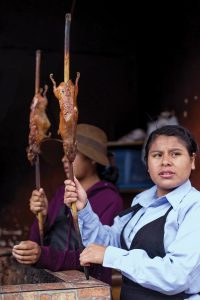
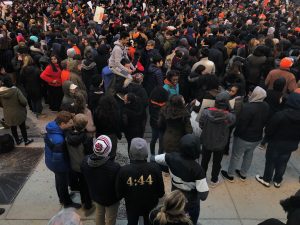
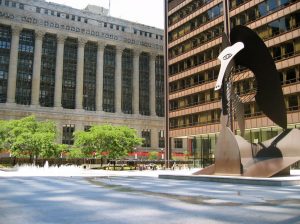

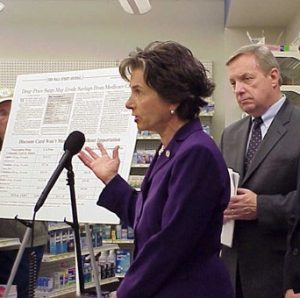
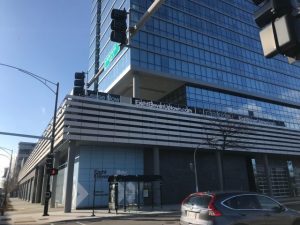
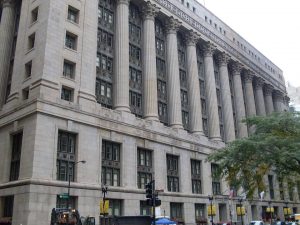
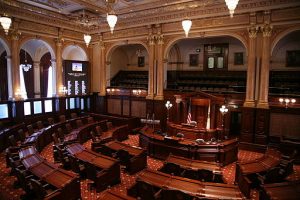
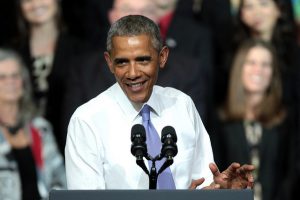
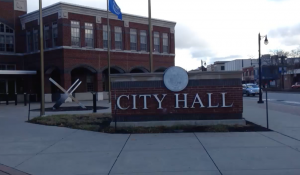
Be First to Comment